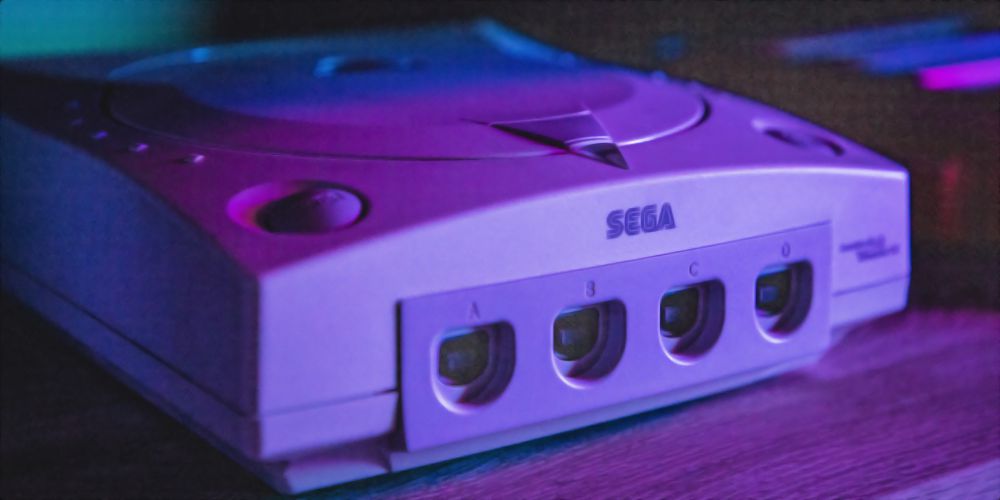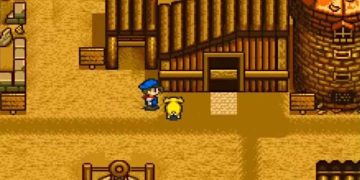Not every gaming console to launch can be a total success. But that doesn't mean every gaming console that failed was necessarily bad. It's entirely possible—and more common than you might think—for a new product to be quite good and still fail for any number of reasons.
And that certainly applies to gaming consoles. Most of the time, gaming consoles fail because they're too ahead of their time or they're in the wrong place at the wrong time. Sadly, a lot of these reasons only become clear in retrospect... long after those cool gaming consoles died off.
Check out these failed gaming consoles that actually had killer features and awesome games, along with some of the reasons why they never took off.
7. Nintendo Wii U (2012)
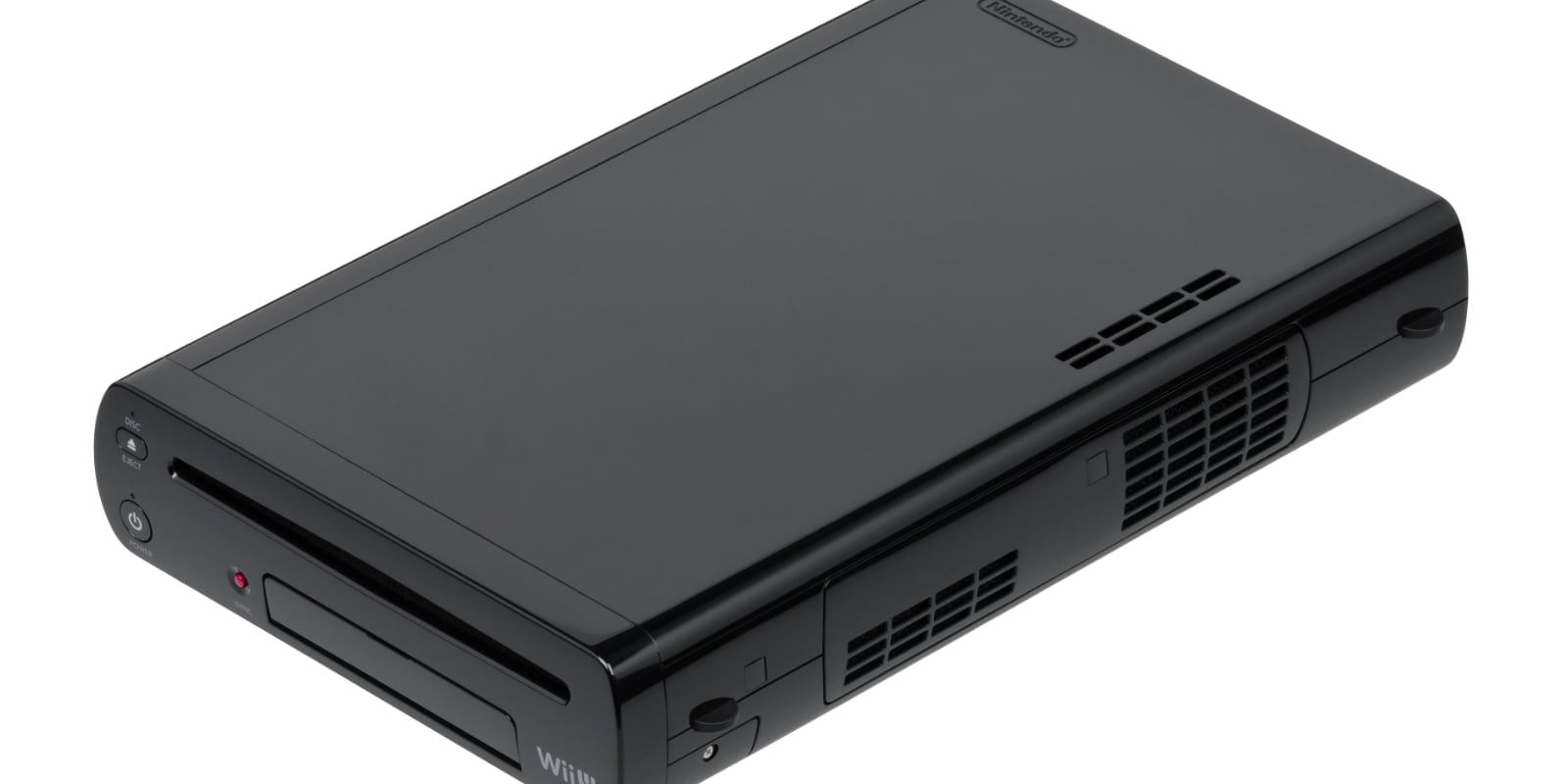
Like the Sega Dreamcast, the Nintendo Wii U jumped ahead and came out well before its competition (the PlayStation 4 and Xbox One). The Nintendo Wii U had a unique game controller design that paved the way for some really cool games, like the original Super Mario Maker. And it even claimed to be able to play games that were already released on the PlayStation 3 and Xbox 360.
But at launch, it was obvious that the Nintendo Wii U wasn't really a next-gen system in the same class. Furthermore, the confusing naming scheme (Nintendo Wii versus Nintendo Wii U) and poor third-party support led to it being the worst-selling Nintendo gaming console since the Virtual Boy.
It was so bad, in fact, that many even suspected that the Nintendo Wii U would be Nintendo's last attempt at a gaming console. Thankfully, Nintendo reoriented themselves and gave us the game-changing Nintendo Switch!
6. Sega Dreamcast (1998)
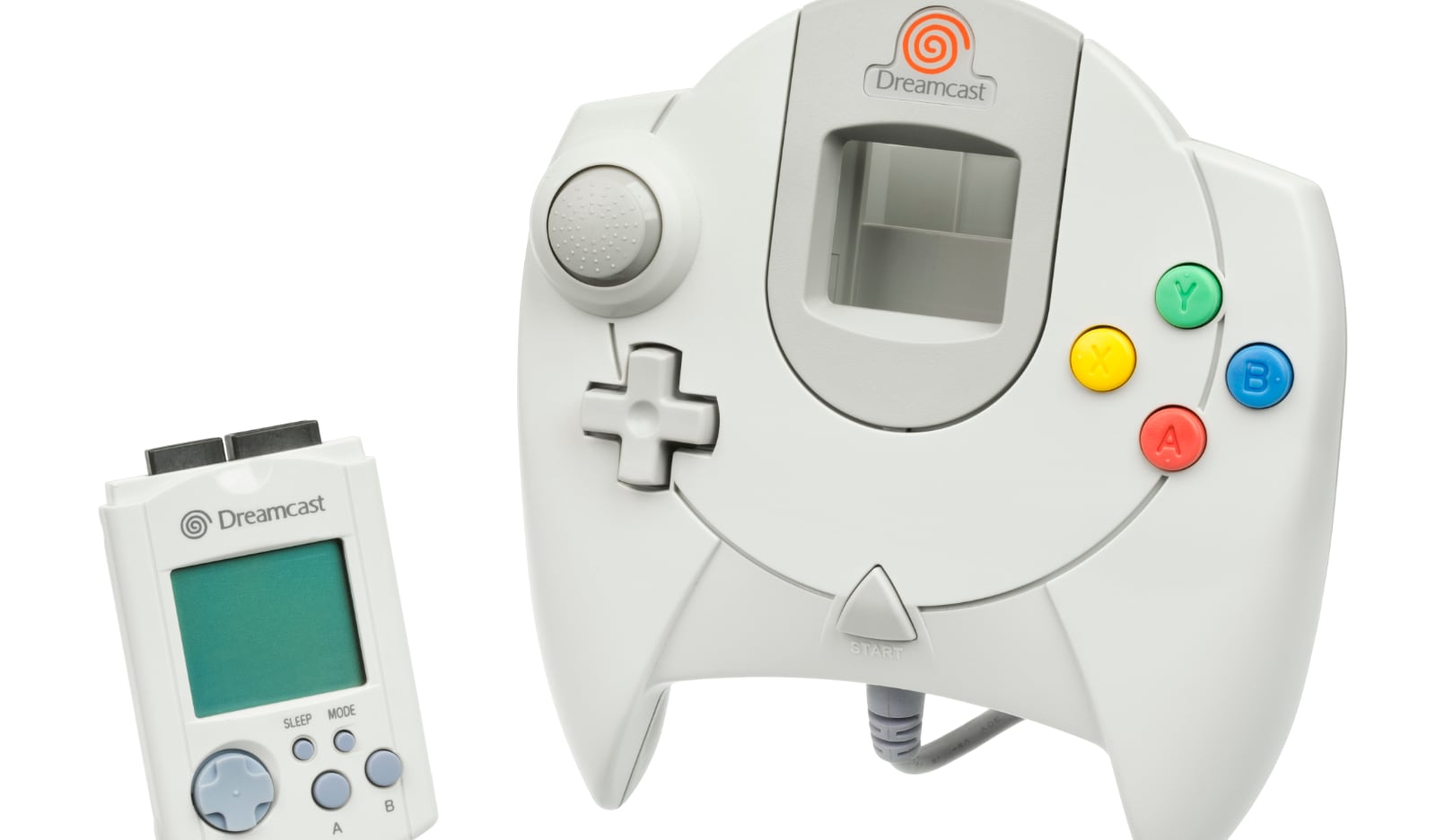
You'd be hard-pressed to find any former Sega Dreamcast owner who didn't LOVE the gaming console. Actually, you'd be hard-pressed to even find a former Sega Dreamcast owner. Not many units were sold.
This is one of those rare cases where the hardware itself didn't have many flaws or faults. In fact, the Sega Dreamcast was rather impressive in many ways. So why did it fail so badly? We can blame the circumstances around its release.
Having learned from its disastrous Sega Saturn launch, the company made absolutely sure that the Sega Dreamcast blew its competition out of the water with its power. Sadly, they overlooked one important thing: Dreamcast games were notoriously easy to pirate.
Game sales for the system plummeted. And to make matters worse, Sega focused on pumping out arcade ports rather than story-oriented games (which is what the PlayStation 2 was doing), which further hampered game sales. In the end, Sega was forced to pull the plug—and they never made another gaming console after that.
5. Neo Geo CD (1994)
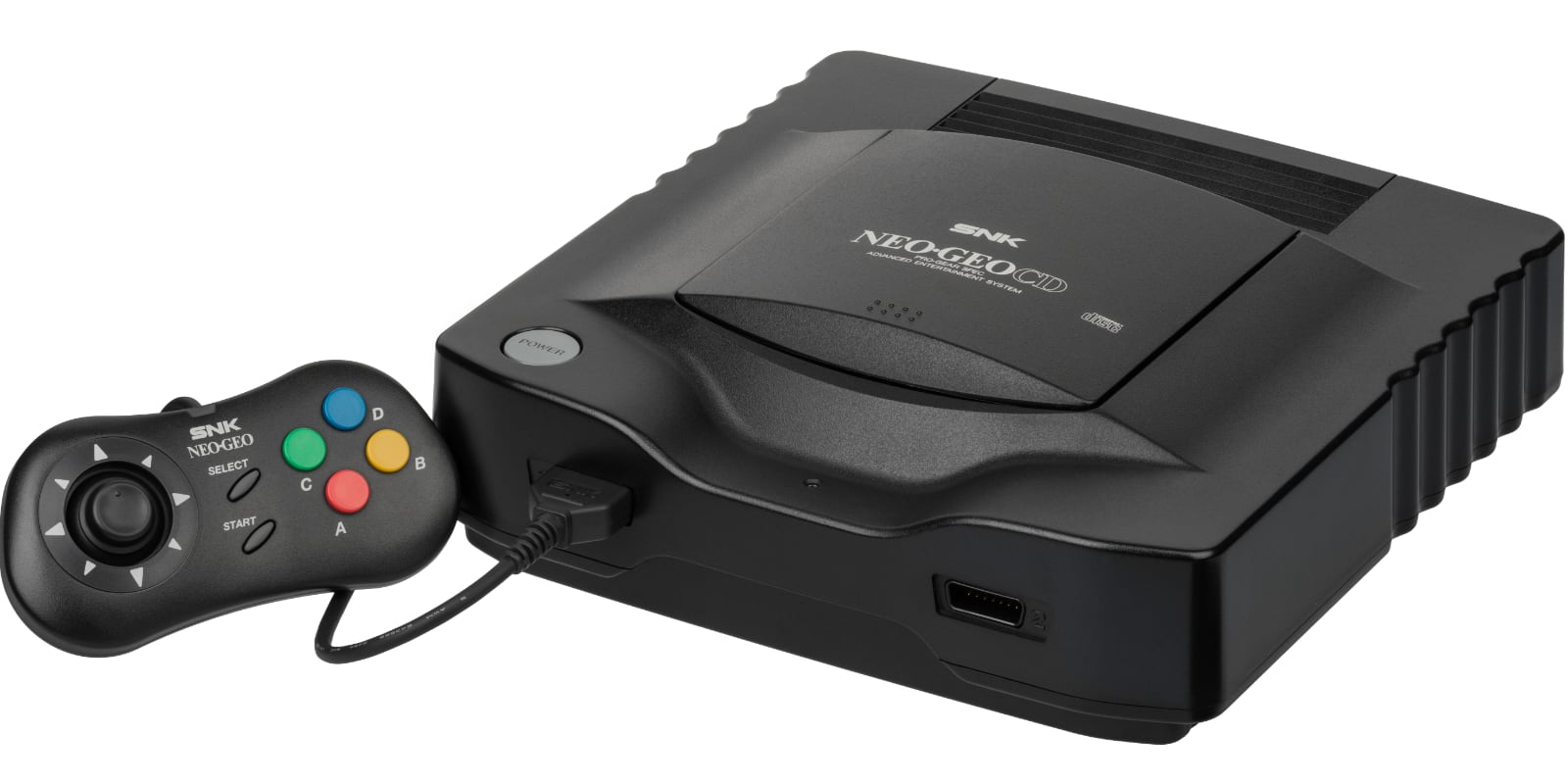
Four years after the Neo Geo AES, SNK released the Neo Geo CD, a system that reversed the mistakes that the company made with its prior product. Not only was the Neo Geo CD much cheaper at $399, it was designed to use CDs, which meant games were also much cheaper (around $49 to $79 each).
Unfortunately, SNK made new mistakes with this release.
The Neo Geo AES had released with an arcade-style joystick, but the Neo Geo CD shipped with a standard gamepad. And, like the Sega Saturn, the Neo Geo CD failed to drum up much interest because it was a 2D-focused system instead of 3D. But the biggest issue? Incredibly long loading times.
4. Sega Saturn (1994)
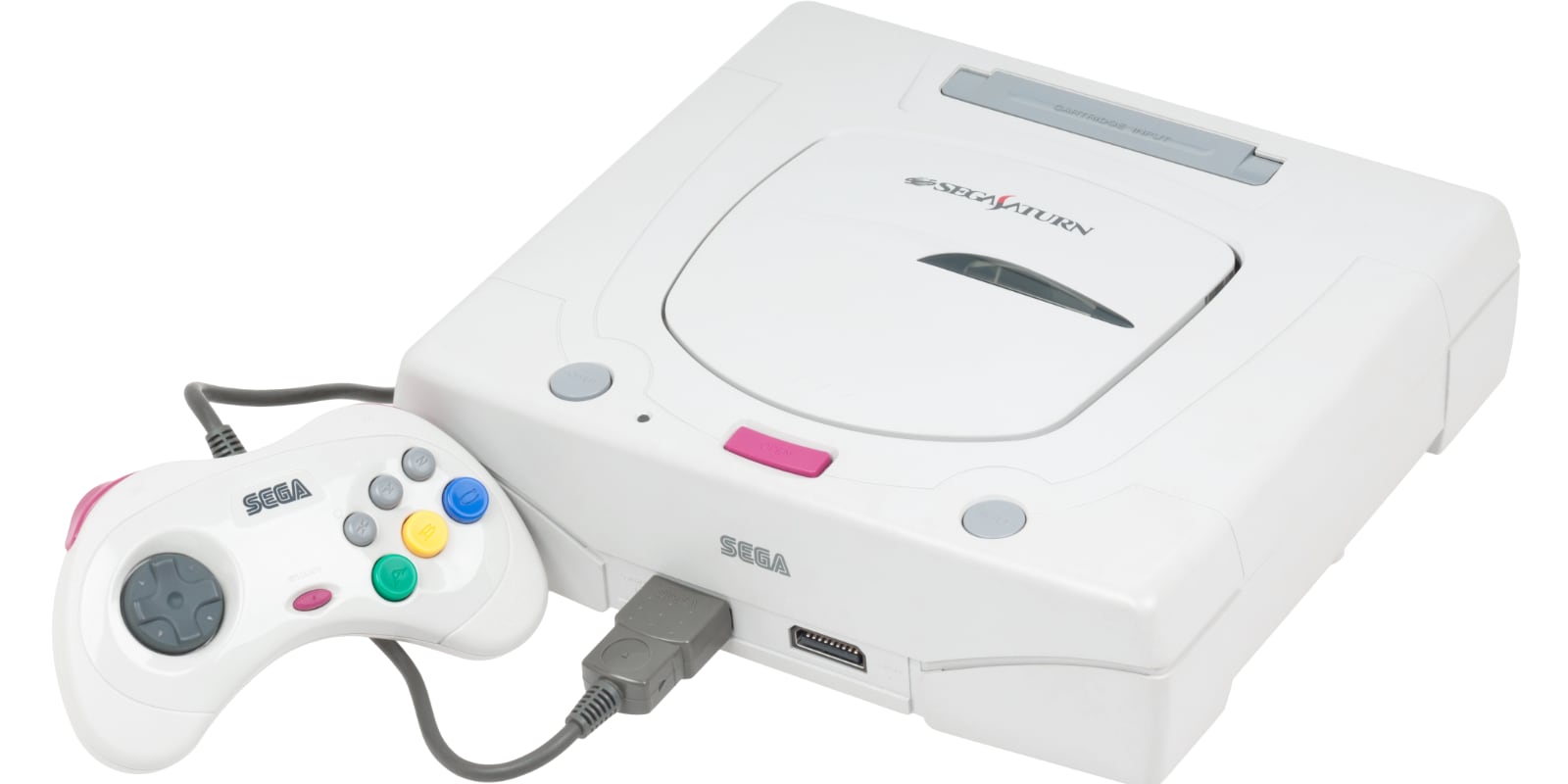
Despite what Atari had done with the Jaguar a year prior, Sega still wasn't convinced that 3D was the future for video games—at least, not exclusively. Because of this, the company focused on powerful sprite scaling and other features that would make the Sega Saturn capable of producing fantastic-looking 2D games.
Of course, this turned out to be a major misstep. Once the PlayStation launched, it became clear that 3D really was the future of video games.
The Sega Saturn would come to produce several classic games, including RPGs like Albert Odyssey and Panzer Dragoon Saga, but it couldn't keep up with the 3D power of the PlayStation and Nintendo 64. This, ultimately, led to system's demise. (Although, strangely enough, the Sega Saturn still has diehard fans to this day!)
3. Atari Jaguar (1993)
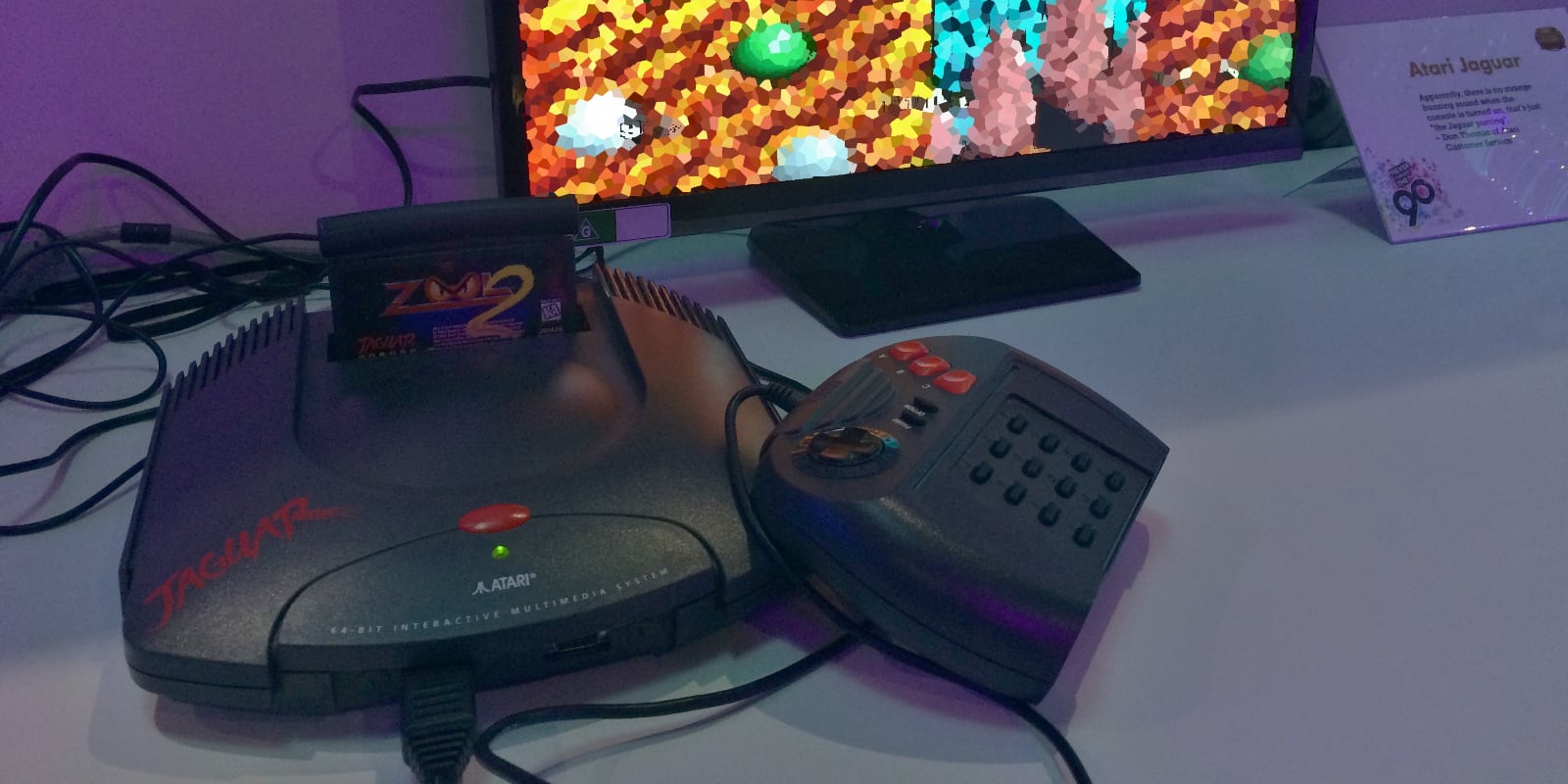
The Atari Jaguar used a similar tactic to the TurboGrafx-16, claiming it was the world's first 64-bit gaming console when in fact it actually used two 32-bit processors (nicknamed "Tom" and "Jerry") with a 64-bit bus. But in this case, the Atari Jaguar was still a technical leap forward when you consider that its main competition—the SNES and Sega Genesis—were still 16-bit.
Yet while the Atari Jaguar was impressive in ways, it had way too many hardware bugs that proved frustrating. On top of that, it had lackluster developer tools, which made game creation for the system difficult.
As a result, the Atari Jaguar only ever had 50 licensed games over its entire lifespan. When the PlayStation and Nintendo 64 were released, they put the final nails in the Atari Jaguar's coffin.
2. Neo Geo AES (1990)
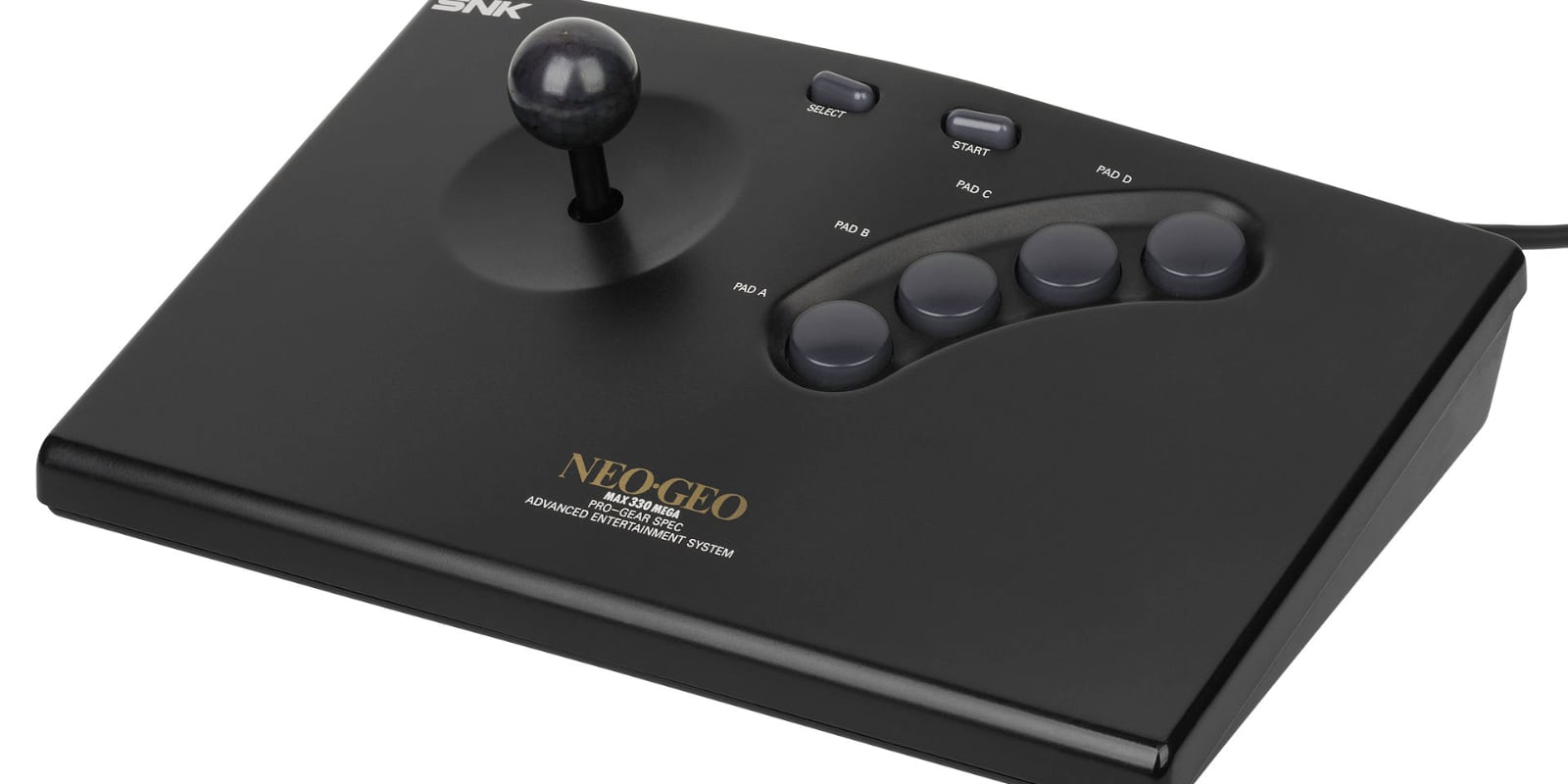
The story of the Neo Geo is an odd one. SNK essentially decided to build two versions of the same hardware: the Neo Geo MVS, which was the arcade board, and the Neo Geo AES, which was the home version.
Because of this approach, the Neo Geo could actually run the exact same versions of popular arcade games at home, and that was something that had never been done before.
And yet, despite its power and arcade-perfect ports at a time when few systems could do the same, the Neo Geo AES didn't do well.
Why? Mostly because the entire thing was prohibitively expensive—around $600 for the system, plus up to $300 each for the games. Keep in mind that those are 1990 dollars! In today's dollars, the Neo Geo would cost about $1,150 for the system and up to $580 per game. Oof.
1. TurboGrafx-16 (1987)
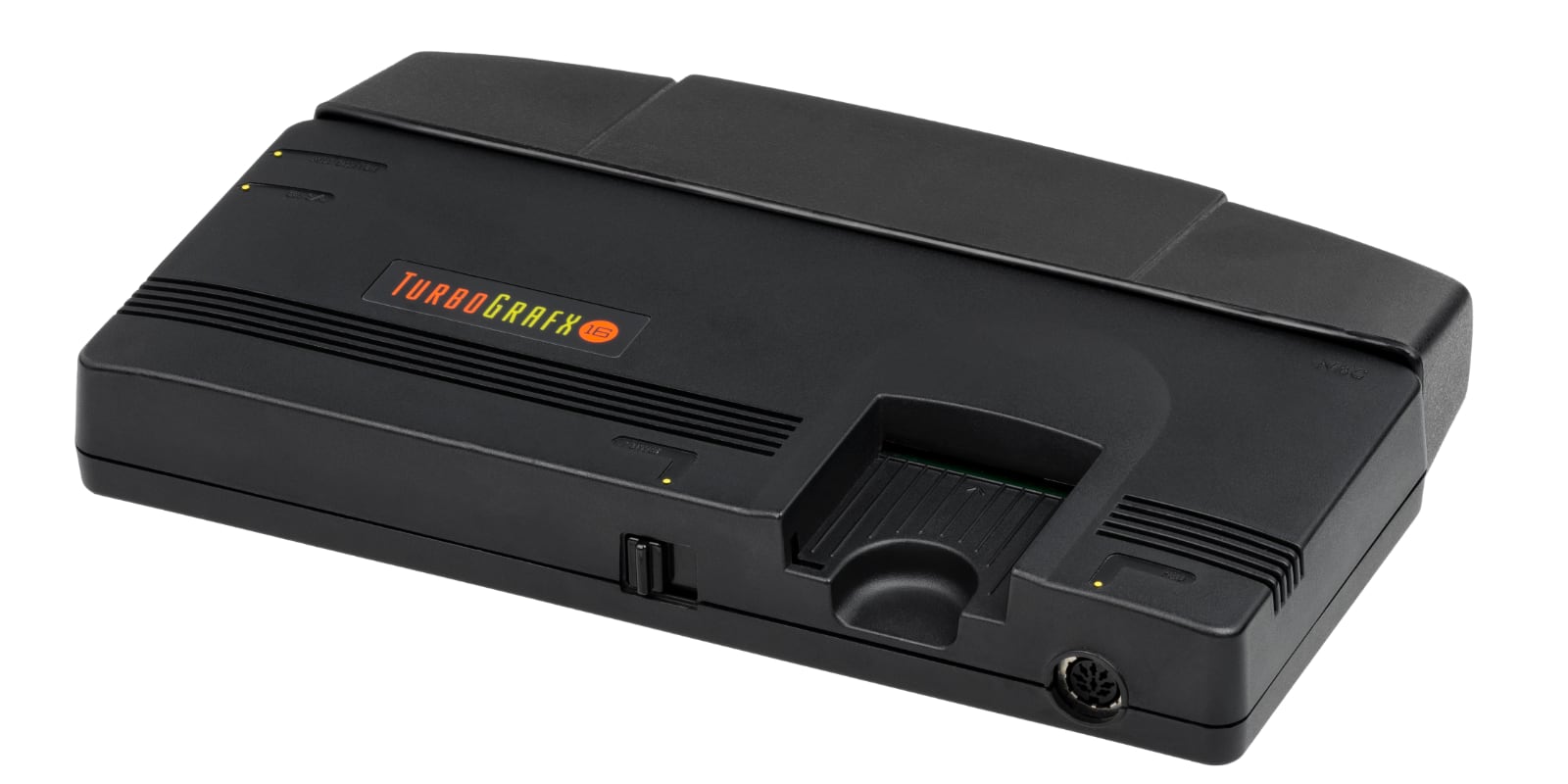
Known as the PC Engine in Japan, the TurboGrafx-16 put 16 right in its name to capitalize on the hype around 16-bit processors in video game consoles.
There was only one big problem: it wasn't actually 16-bit. The console used a modified 8-bit CPU and a 16-bit video display controller. This meant that while the TurboGrafx-16 was more colorful than its preceding 8-bit consoles, it lacked the superior processing power of the SNES and Sega Genesis.
The TurboGrafx-16 still had many great games, but it just couldn't compete with the giants from Sega and Nintendo. After the North American release of the console fizzled, manufacturer NEC decided to cancel the release of the console in Europe, firmly sealing its fate.
Get Your Retro Gaming Fix
I don't know about you, but now I'm itching to play some of the games that came out on these older systems.
You should know that there have been several modern re-releases of classic retro gaming consoles, and playing ancient gaming hits (legally!) has never been easier.
